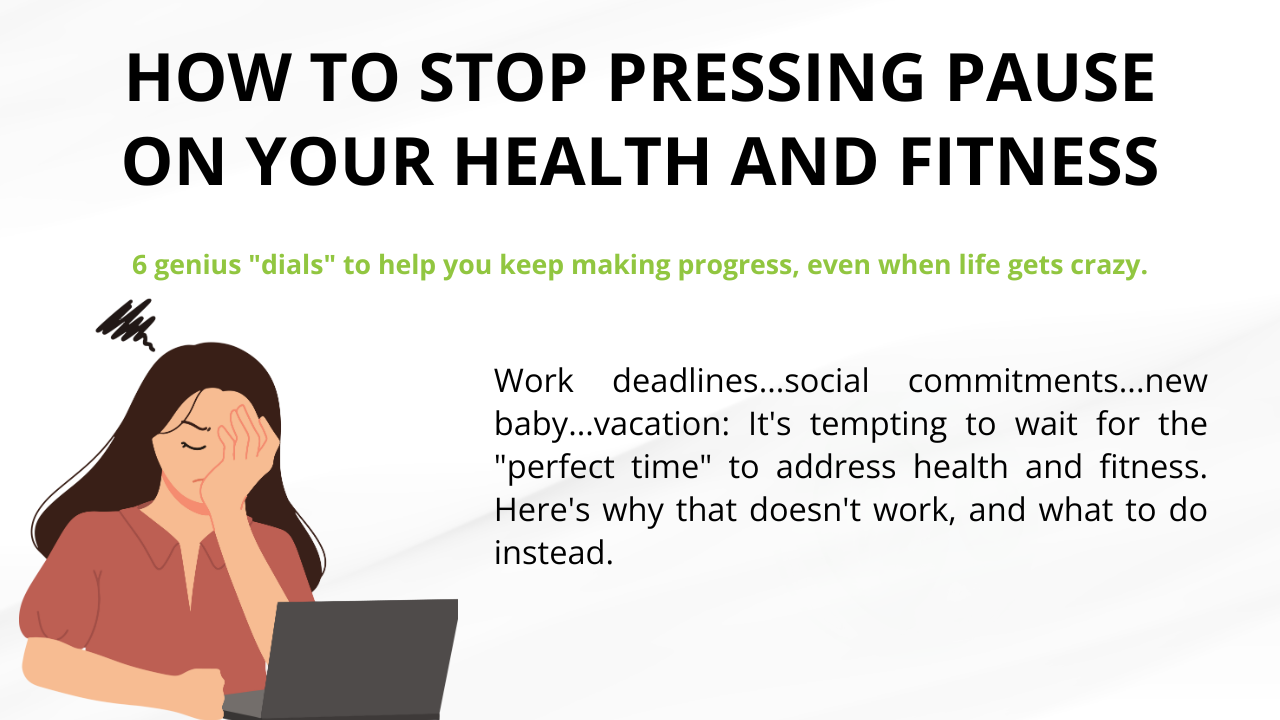Introduction
Achieving fitness goals doesn’t always require a gym membership. With a structured home workout plan, staying active becomes easier and more convenient. Not only does it save time and money, but it also allows for flexibility in scheduling workouts. However, to see real progress, having a well-designed routine is essential.
Why a Home Workout Plan Matters
A home workout plan provides numerous advantages. First, it promotes consistency, which is key to achieving fitness results. Additionally, it offers the flexibility to train at any time, making it easier to stick to a routine. Unlike gym memberships, working out at home eliminates costly fees and unnecessary travel. More importantly, workouts can be customized to fit specific fitness levels and goals.
Step 1: Define Your Fitness Goals
Establishing clear fitness goals is the first step toward designing an effective plan. The type of exercises included should align with the desired outcome. For example:
-
Weight Loss: Cardio workouts and high-intensity interval training (HIIT) should take priority.
-
Muscle Building: Strength training using bodyweight or resistance bands works best.
-
Endurance & Stamina: Aerobic activities combined with functional movements enhance performance.
-
Flexibility & Mobility: Yoga, stretching, and mobility drills improve overall movement.
Setting realistic goals ensures better motivation and progress tracking.
Step 2: Select the Right Exercises
A well-balanced workout plan includes various exercises that target different muscle groups. Incorporating a mix of movements keeps the routine engaging and effective. Consider the following:
-
Cardio Workouts: Engage in activities like jump rope, high knees, burpees, or running in place to boost endurance.
-
Strength Training: Build muscle with exercises such as push-ups, squats, lunges, and planks.
-
Core Strengthening: Strengthen the midsection using bicycle crunches, Russian twists, leg raises, and mountain climbers.
-
Flexibility & Recovery: Improve mobility and prevent injuries through yoga, static stretching, and foam rolling.
Including a variety of exercises prevents plateaus and promotes full-body development.
Step 3: Structure Your Weekly Workout Plan
Planning workouts ahead of time increases consistency. A structured schedule helps balance different types of exercises throughout the week. Here’s an example of a well-rounded routine:
| Day | Workout Focus |
|---|---|
| Monday | Upper Body Strength Training |
| Tuesday | Cardio & Core Workouts |
| Wednesday | Lower Body Strength Training |
| Thursday | Yoga & Flexibility Exercises |
| Friday | Full-Body HIIT Routine |
| Saturday | Cardio & Core Strengthening |
| Sunday | Active Rest (Walking, Stretching) |
Adjustments can be made based on fitness levels, available time, and personal preferences.
Step 4: Determine Workout Duration
Workout length depends on individual experience and fitness level. A general guideline includes:
-
Beginners: 20-30 minutes per session for gradual adaptation.
-
Intermediate: 30-45 minutes per session for improved endurance.
-
Advanced: 45-60 minutes per session for maximum effectiveness.
Shorter, high-intensity sessions can also be effective when time is limited.
Step 5: Track Progress & Make Adjustments
Monitoring progress plays a crucial role in maintaining motivation. Keeping a fitness journal or using a mobile app makes tracking workouts easier. To ensure consistent improvement:
-
Observe how strength and endurance develop over time.
-
Notice changes in flexibility and mobility with regular practice.
-
Gradually increase workout intensity to prevent fitness plateaus.
Regularly reviewing progress ensures continuous growth and motivation.
Step 6: Stay Motivated & Overcome Plateaus
Maintaining motivation can be challenging, but small changes can make a big difference. Trying different workout styles, such as circuit training or dance workouts, keeps things interesting. Setting milestones along the way helps measure success and provides a sense of accomplishment. Additionally, joining online fitness communities offers support and accountability.
Conclusion
A well-designed home workout plan combines structure, consistency, and adaptability. With the right exercises and a clear goal, staying active and achieving results becomes much more manageable. Whether the focus is on weight loss, strength, or endurance, following a structured routine will ensure steady progress. Start today and take control of your fitness journey!
Start today and take control of your fitness journey!




